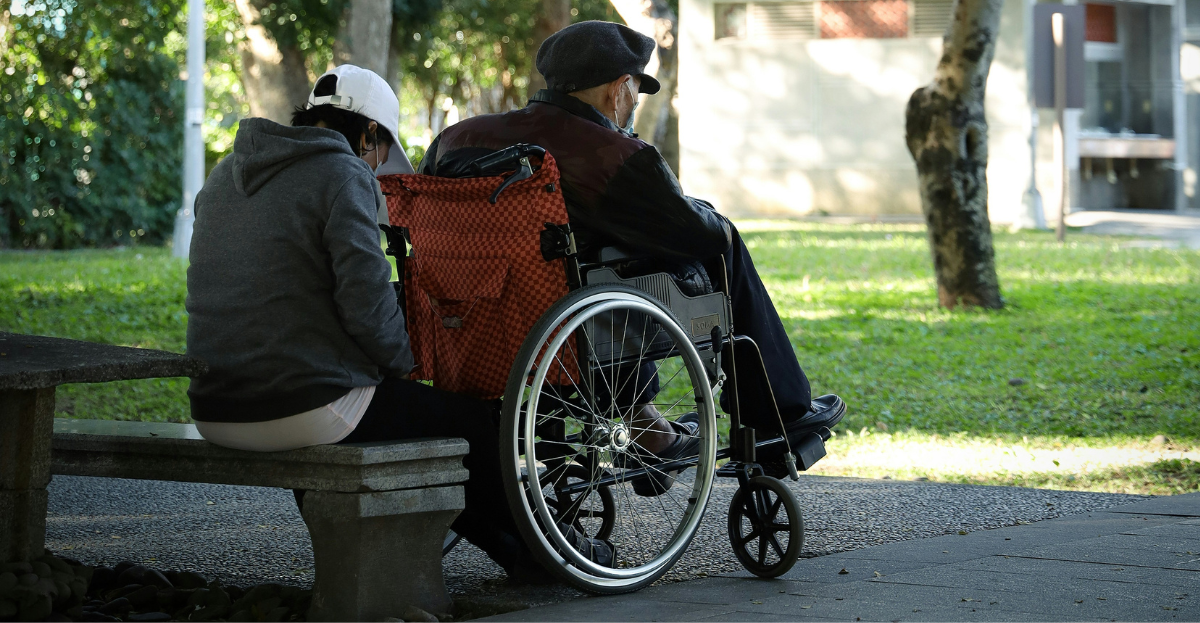Not all disabilities are visible. Hidden, or invisible, disabilities can influence energy, concentration, pain levels and sensory processing without any outward sign. Many people in Australia navigate these realities every day. Understanding the basics, asking respectful questions and offering practical adjustments are the building blocks of inclusion.
Quick definition
A hidden disability is a long-term condition that affects daily activities and participation but may not be obvious to others. Needs can be variable. Support should be personalised and based on what helps today.
Fatigue Chronic pain Cognitive load Sensory sensitivity Executive function
“If someone does not look disabled, it does not mean they are not managing barriers you cannot see.”
Common types and examples
Multiple sclerosis, epilepsy, brain injury.
ME/CFS, fibromyalgia, diabetes, POTS.
ADHD, autism, anxiety, depression, PTSD.
Language and disclosure
Preferred language varies. Some people use terms like hidden or invisible, while others use condition names only. Ask what language someone prefers. Respect privacy. Disclosure is a personal choice and should never be required for courtesy.
Frequently asked questions
Do hidden disabilities need proof?
Day to day respect should not depend on documentation. Formal adjustments at work or study may require evidence, but in ordinary interactions a person’s report of their needs is enough.
Why do needs change from one day to the next?
Symptoms can fluctuate with sleep, pain levels, stress, sensory load and other health factors. Flexibility and regular check ins help support participation.
How can I offer support without being intrusive?
Ask what helps today, offer simple choices and accept no if that is the answer. Provide written steps, allow extra processing time and reduce competing noise where possible.
What if I cannot see the disability and feel unsure?
Assume good faith. Focus on the requested adjustment rather than the cause. Many helpful changes, such as quiet space or flexible timing, are low cost and benefit others as well.
How can teams and workplaces be more inclusive?
Use clear written instructions, provide options for remote or blended participation, offer flexible scheduling and create low sensory areas. Encourage managers to lead with curiosity and respect.
Everyday adjustments that help
- Flexible timing for appointments or tasks, with the option to pause and resume.
- Plain language instructions and short written summaries after meetings.
- Reduced noise and glare, access to quiet rooms and permission to step out.
- Choice of communication channel, such as email, text or written checklists.
- Energy pacing by alternating complex tasks with simpler tasks when possible.
Building an inclusive community
Inclusion grows when we believe people, avoid assumptions and ask how we can help. Hidden disabilities remind us that accessibility is not one size fits all. Listening and small changes create the conditions for independence and confidence.


.png?width=2400&height=1246&ext=.png)

